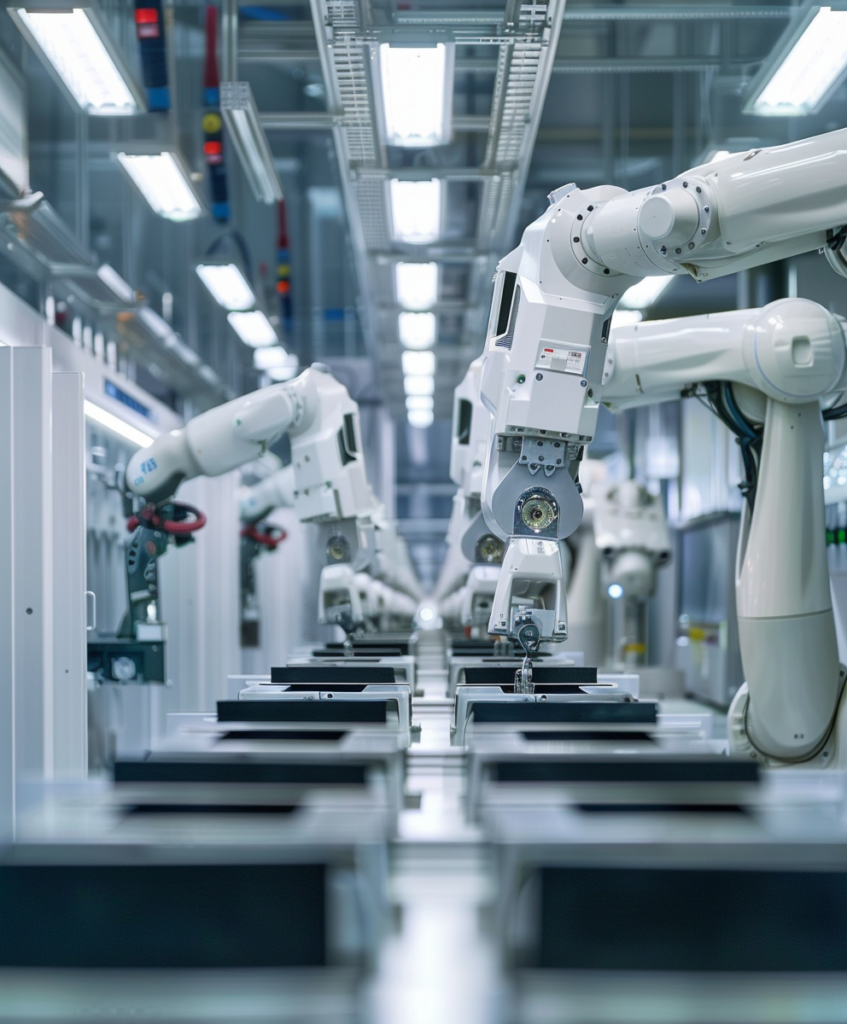The robotization tax credit is a tax preference that allows entrepreneurs to deduct from the tax base 50% of the costs incurred for automation and robotization of production.
It is an important support for companies that invest in modern technologies and want to increase the efficiency of their production processes.
What does the robotization tax credit cover?
The robotization tax credit covers a wide range of costs, including:

Taking advantage of the robotization tax credit allows companies to significantly reduce the costs associated with implementing modern production technologies, resulting in improved competitiveness, increased productivity and reduced operating costs.
Integrated with other machines in the production cycle – the robot cooperates with other machines and equipment within a single production cycle, which increases the efficiency and consistency of production processes.
